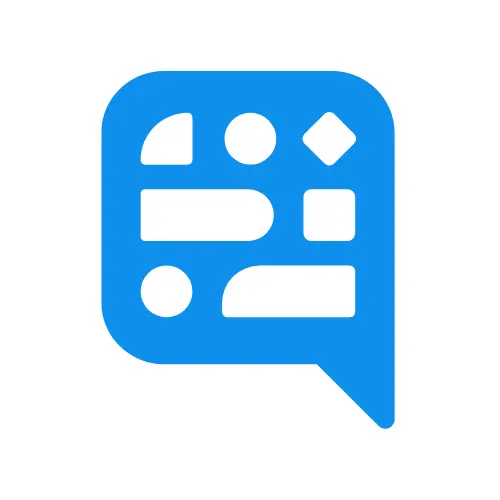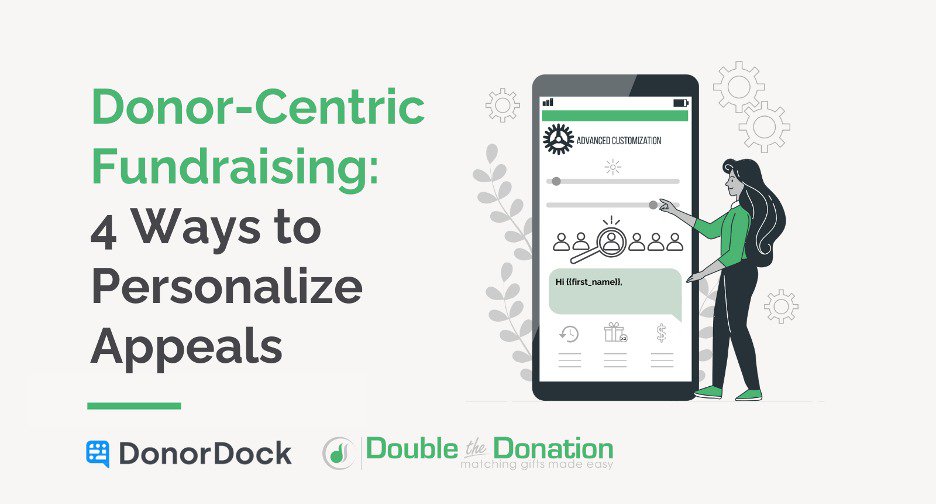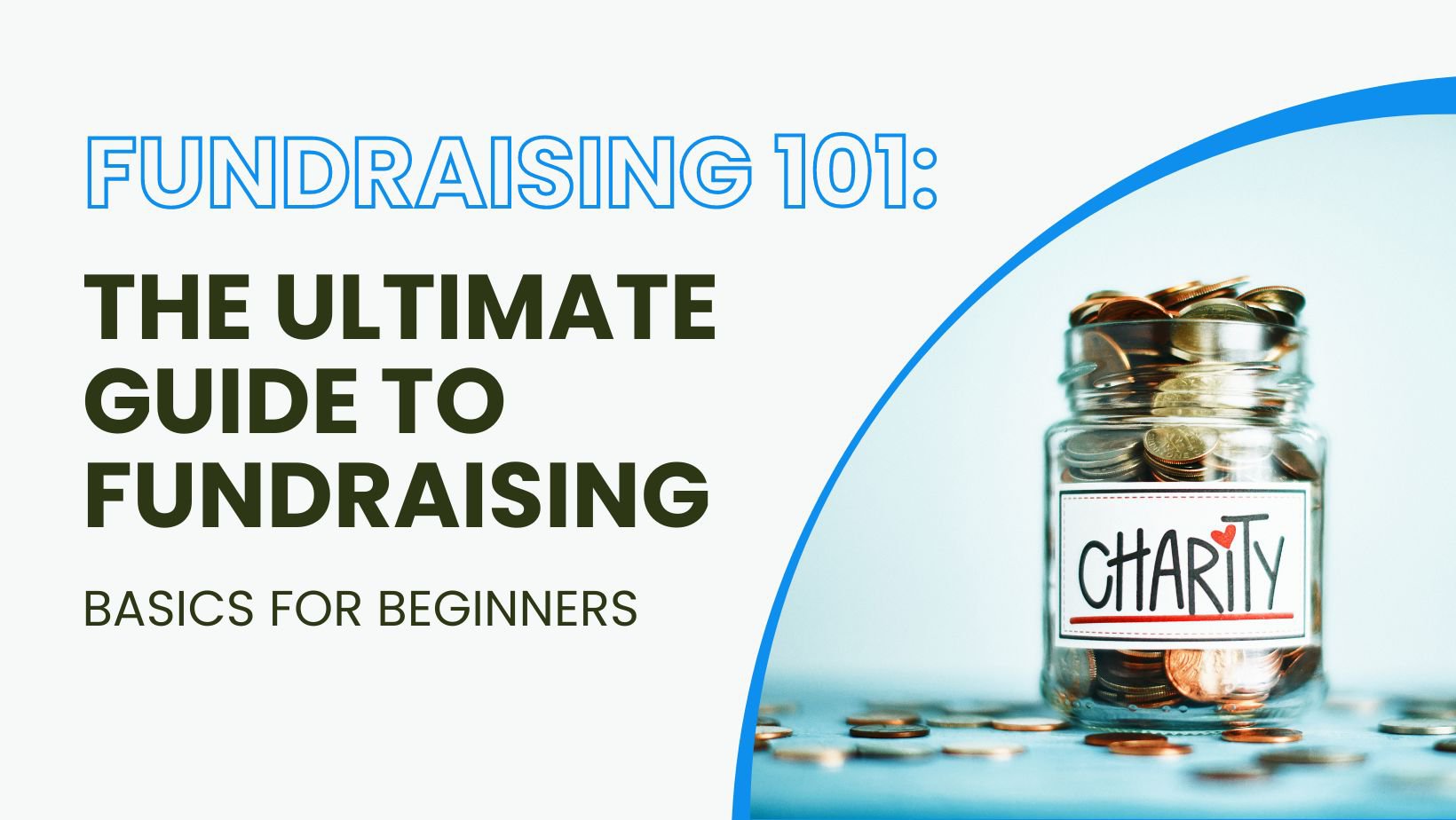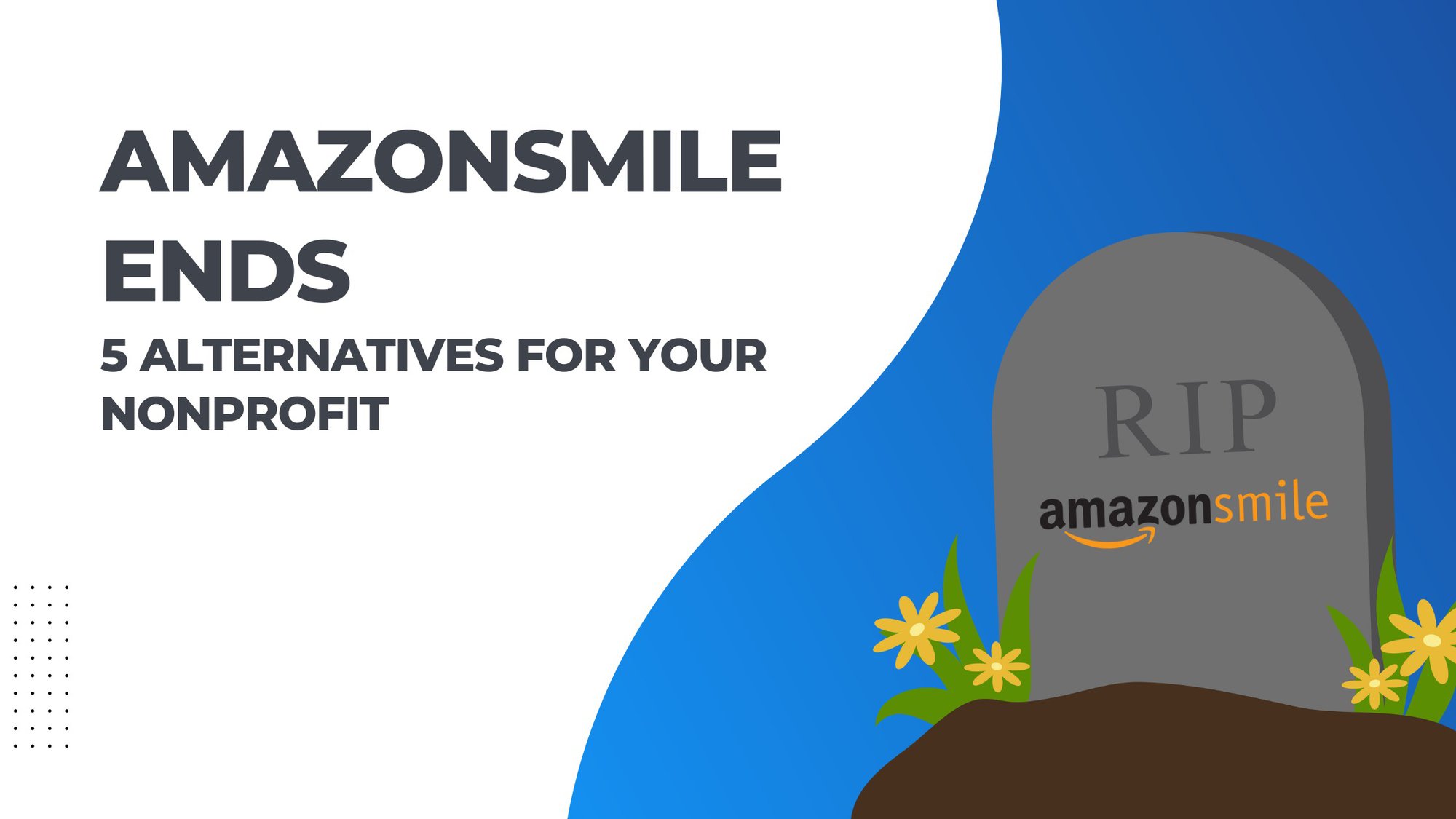Fulfilling the agenda for this particular training, we discussed how to create a JotForm and how to use Zapier to integrate that form with DonorDock to create new contacts.
JotForm is a cloud-based application you can use to create web-based forms to capture information.
Create your JotForm
- Sign up for a JotForm Account
- - Note: A free subscription will allow you up to 10 forms.
- Click on Create a form.
- Choose a template as a starting point or Start From Scratch.
- - For our example, we chose a custom form.
- From your canvas, click on the add form elements in the left hand menu and drag it over to the form. In our example, we are creating a form for people to sign up for our newsletter. We want to keep the information limited so they don’t get annoyed. We dragged over:
- - First Name
- - Last Name
- - Email, and
- - A free text box we labelled as “How did you hear about us?”
- To update text in the form, simply click inside the form and start typing.
- To make fields required, click on t the properties tab to update it as a required field.
- - Note: We recommend making the first, last, and email fields required so we have enough information to create a contact in DonorDock.
- To update colors of the form, logo, design, etc., access the editor.
- When you are pleased with the way your form looks be sure to preview it on desktop and mobile.
- If everything checks out, you can publish it through the quick share tab in the left hand menu.
- - Quick share - which will allow you to copy a link and send it out.
- - You can invite via email message.
- - Social Share - Twitter, Facebook, etc.
- For the purposes of embedding in your website for contacts to sign-up for a mailing list, we suggest you publish it through the Embed option on the left hand side.
- From there Copy Code and with with your web designer to embed it into your organization’s website.
Share data from JotForm with DonorDock
- Sign into Zapier to help make the connection and share data across systems.
- Input JotForm as the Trigger and choose New Form Submission.
- Choose DonorDock to create a contact as part of the action.
- Once the two trigger and action are identified, Click on Use this Zap.
- Sign into JotForm and connect account.
- Choose the form you are using. In our example we used Join our Mailing list.
- Click Continue and click test.
- Then create the contact in DonorDock.
- In our scenario we’ve already created our API key and Secret. If you need help with this step, be sure to check out this API Keys article in our knowledge base.
- Map the fields and data in JotForm to DonorDock.
- - First Name Field
- - Last Name Field
- - Fields E-Mail
- - Map Description field which will populate the free text, “How did you hear about us?”
- Test and click your Turn on Zap.
- Send an email once a new contact has been created.
New Updates Just Published!
- Created better statics and how you view them around emails, specifically marketing emails.
- - From the sent tab from an email you will see more prominent email activities
- - Have the ability to sort and filter
- - Ability to click on metrics of the email to filter down to specific results like, who it was delivered to, who opened, who bounced, etc.
- Created an Export Change File that will allow you to easily do bulk contact updates from a contact report. No more mapping fields from a report file to an import template file!
- - Step-by-step instructions and video tutorial can be found in our knowledge base.
Question & Answer
What is the thought process for not requiring more information in the JotForm Example?
To enter a contact into your CRM system you need a name. From there it’s great to have one other contact data point, email, address, etc. We demoed the example this way for quickness but also keeping in mind the level of interest that someone might lose in signing up for a mailing list if they were required to fill out a ton of information. If you wanted to create a letter mailing list, we would recommend requiring additional fields that include the contact’s address.
What causes or how many bounces will flag an email as Spam?
There are two types of bounces:
A. Soft Bounce - The system will continue to send the email if it’s bounced up to 5x before it’s pulled. An example of a soft bounce is something that’s temporary, like a full mailbox.
B. Hard Bounce - The system will flag this email as undeliverable right away and drop that email, as the situation isn’t temporary and costs for each send. An example of a hard bounce is the email does not exist.
Note: As long as DonorDock customers are going by guidelines of collecting vetted lists and keeping donor information up to date, there won’t be an issue with these emails being flagged as spam.
How do I re-subscribe a contact?
If you have validated that a contact wants to resubscribe you can update their status by:
- - Accessing their contact record
- - Edit Contact and click on re-subscribe
- - Confirm that they can be added back to your marketing list(s)
When importing Giving Hearts Day contact information or collecting donor data from online giving through a stripe integration, I end up with a lot of duplicate data? What’s the best way to handle that?
The GHD system doesn’t enforce that a donor is the same person year over year. So you may get mismatched data, like a different email address or new mailing address. To ensure that the DonorDock system is allocating the correct gift to the correct donor, in these cases it won’t find an exact match and will go and create a duplicate contact. Same case with Stripe integrations. This is the better of two scenarios, as you can merge contacts after the fact. We recommend reviewing possible contacts and cleaning them up on a regular basis. At the very least after an online giving event instance or import of contact after GHD.
To see if you have duplicate data:
1. navigate to the Contacts area.
2. Select Possible Duplicates in the View field.
3. From there you can page through to identify duplicates. You will select both records that are duplicated and click the Merge button.
4. Select the Keep this Contact (correct contact information) and click OK, then the system will consolidate the information into that target contact.

.webp)












